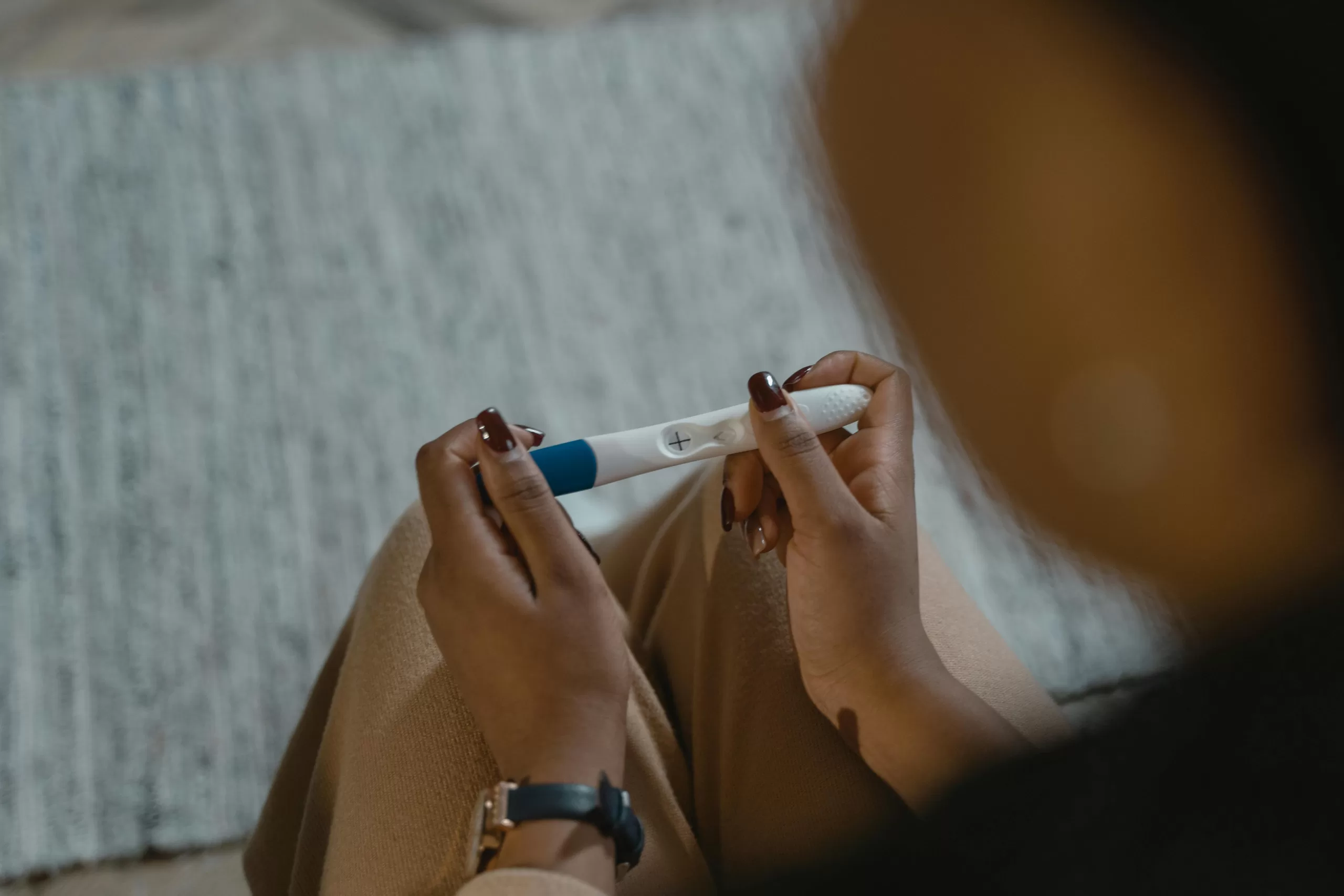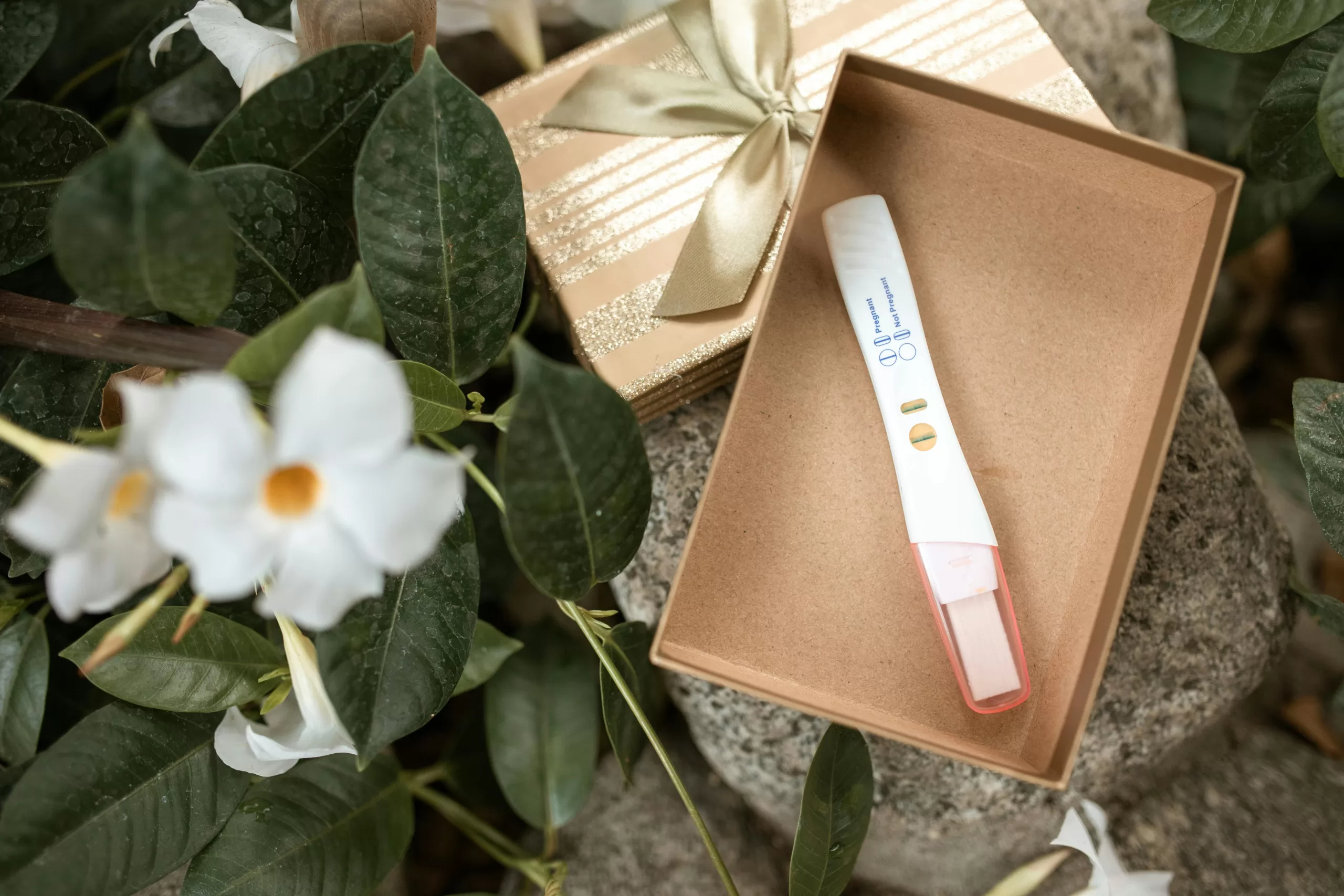Sue Bedford (MSc Nutritional Therapy)
Menstrual, Follicular, Ovulatory, and Luteal are the four unique phases of the menstrual cycle, depending on hormone levels. Mood swings, energy levels, food cravings, impatience, and the overall surge of emotions can all be attributed to hormonal fluctuations. Have you ever thought of modifying the foods and nutrients you eat to help manage and relieve some of your signs and symptoms so you can feel your best?
Foods for Menstrual Phase (Days 1-5)
It’s a good idea to rest and refresh during the menstrual phase of your cycle. Since your body is going through a regulated inflammatory response to shed your uterine lining, fuelling yourself with nutrient-dense, anti-inflammatory food will help support your body during this time. Stay well hydrated by including lots of fruit and vegetables that contain a high-water content. Warm soups and stews, as well as roasted root vegetables along with plenty of antioxidant-rich berries and green veggies are the way forward during this phase. Smoothies are a fantastic way to get more greens into your diet, and avocado always makes a good base to build on. Include plenty of iron rich foods to help replenish blood loss eg watercress, lentils, grass-fed meat and spinach. Avoid inflammatory sugary foods but nourish your magnesium levels and mood with a couple of squares of good quality dark chocolate each day (80% and above cocoa solids)
Choose: Good quality protein plus plenty of vegetables and water-based fruits along with a little of what you fancy! Eg dark chocolate (70% cocoa and above and only 2 squares a day!), raspberries, watermelon, tomatoes, avocado, celery, strawberries, wild-caught fish, grass-fed meats, sweet potato, mushrooms, spinach, cauliflower.
Foods for the follicular phase (Days 6-14)
The Follicular phase is the second phase of the menstrual cycle. The body prepares for ovulation during this period, which lasts roughly from day six to day fourteen (this varies from person to person). Many people feel a lack of energy at the start of this phase so it is important to include plenty of foods rich in vitamin B12 and iron during the follicular phase. High-quality animal products, such as grass-fed meats, wild-caught fish, and eggs, are rich in these nutrients. Dark leafy greens, legumes, beans, nuts, and seeds are all plant-based sources. Iron is also better absorbed when consumed alongside Vitamin C, which is abundant in coloured fruits and vegetables.
Choose: Good quality protein plus plenty of fresh vegetables (frozen are great too) eg eggs, broccoli, turkey, venison, oily fish, spinach, kale, chicken.
Foods for the Ovulatory phase (Often Between Days 12-15)
The ovulatory phase is the shortest, often lasting one to two days and occurring between days 13 and 15, on average. Oestrogen is at its highest during this time, and Testosterone levels increase. Higher energy levels, a more pleasant mood, and a rise in libido are common side effects. While you are probably feeling fine, you can help your body even more by focusing on high-quality proteins and fats and cutting back on carbohydrates. Choose lighter carbohydrates and include plenty of legumes. Fibre-rich vegetables, antioxidant-rich fruits, and a variety of seeds are some other favourites.
Choose: Good quality protein plus healthy fats and non-starchy vegetables eg Berries, sprouts, wild caught fish, asparagus, eggs, avocado, olive oil, grass-fed meats, quinoa, legumes and plenty of seeds.
Foods for the Luteal phase (After ovulation has occurred)
Start supporting your detoxification pathways during your luteal phase to make it easier for the body to discard the utilised hormones from your follicular phase. Symptoms of PMS may begin to appear here! Additionally, PMS symptoms are frequently accompanied by increased appetite and desires for high-fat, high-carbohydrate comfort foods. Unfortunately, as Progesterone levels rise, the body becomes more sensitive to variations in blood sugar, necessitating greater attention to when and what we consume.
Concentrate on foods that are good for the liver, such as cruciferous vegetables, antioxidant-rich berries, and protein. Include lots of fibre in your diet to facilitate proper elimination. Because some women experience digestive troubles during this time, you might want to eat items that are easy to digest. Food rich in magnesium is a good choice for this stage such as nuts and seeds, dark chocolate (80% and above cocoa), leafy greens, avocado and bananas.
Choose: Good quality protein plus fats and complex carbohydrates eg sweet potato, eggs, butternut squash, grass-fed meats, carrots, leafy greens, beetroot, wild-caught fish, avocado, olive oil along with seeds and nuts.
More from Sue Bedford:








